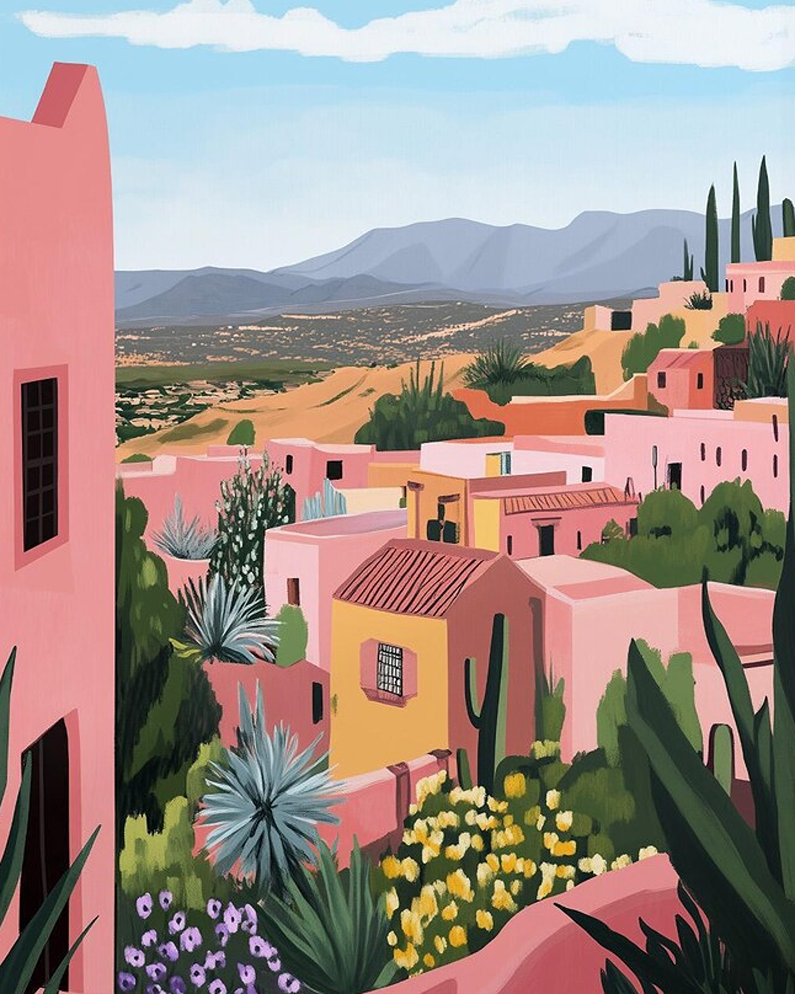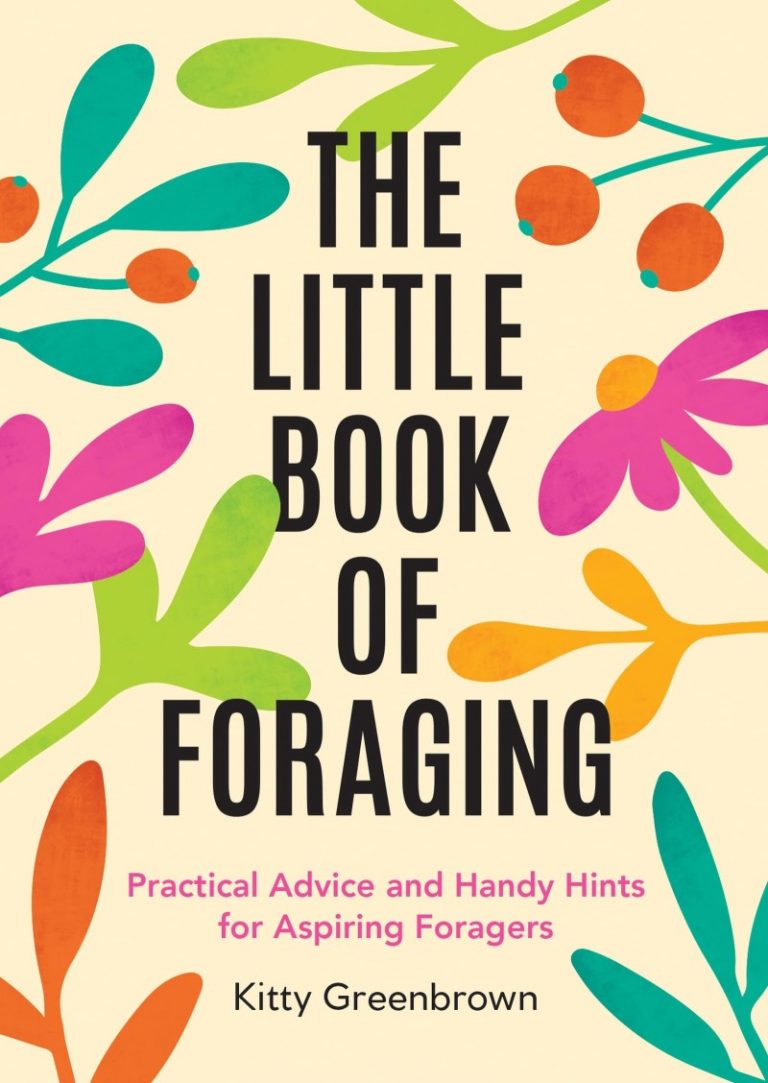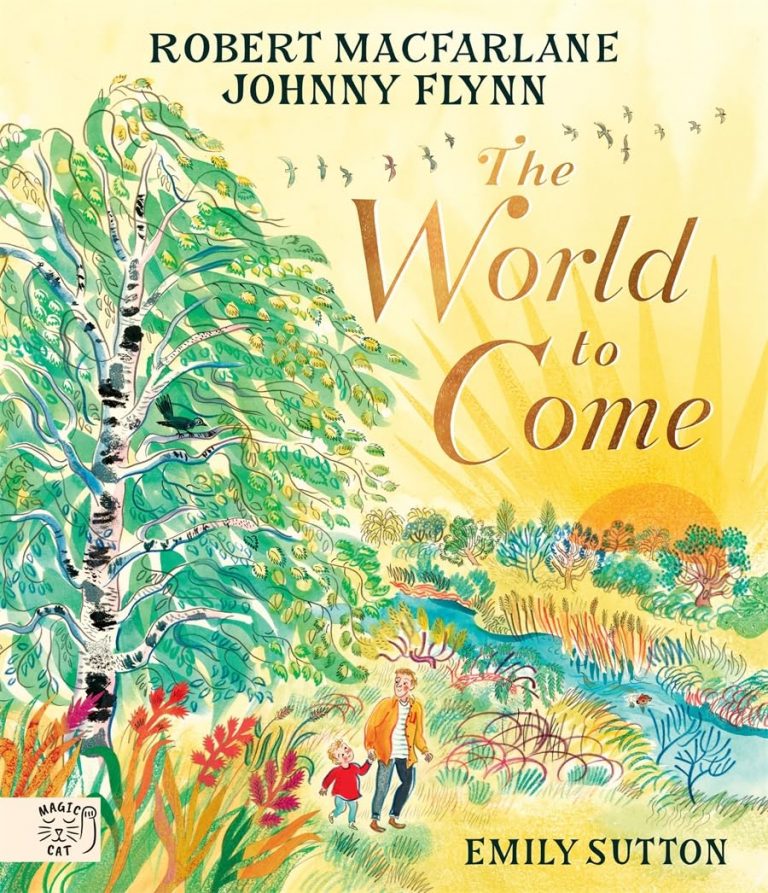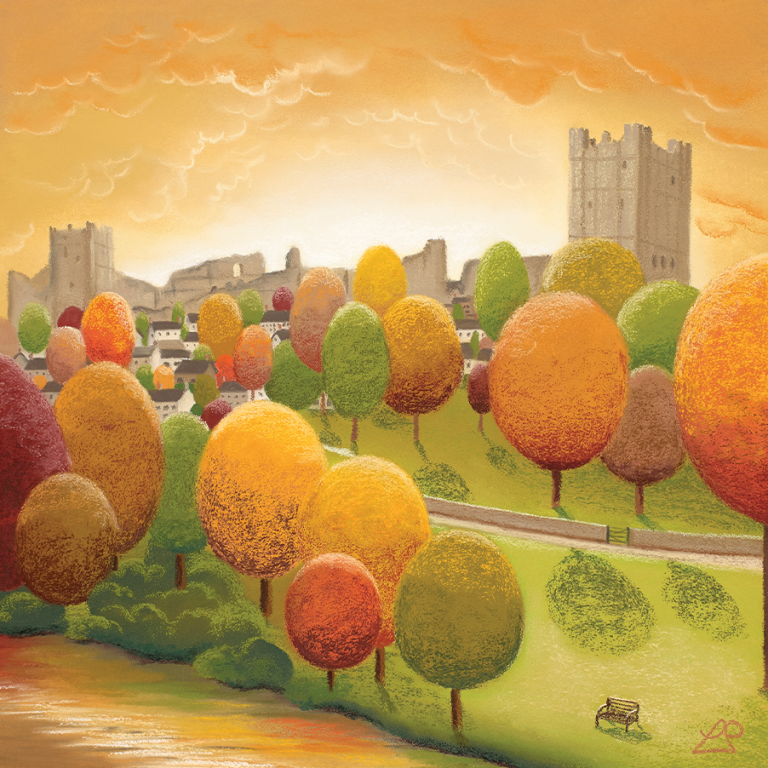
The USA state of New Mexico (especially the city of Santa Fe) is known for its unique architecture, mostly consisting of low-rise (no skyscrapers) buildings made from adobe (a mix of sand, clay, water and sticks or straws). But what is not well-known is that this unique green building style could also be expanded in England, to provide breathable, naturally insulated cheap-to-build and attractive homes.
Adobe is a word meaning ‘mud brick’, with Spanish and Arabic origins. The buildings in warmer countries are left to dry in the sun, but it’s still possible to build them in England. Then they insulate against both hot and cold weather, something that could drastically reduce energy bills, and therefore fossil fuel use.
Some of the oldest buildings on earth are made from adobe, often used in warmer climates (the thick walls keep buildings cool), though they can be affected in areas affected by earthquakes.
Uses Natural and Local Materials
Adobe bricks are made from earth, clay, sand, and straw. Builders often source these materials from the building site, reducing the need to transport supplies over long distances.
This saves fuel and cuts down on emissions. Local material use also keeps money in the community and limits the environmental footprint of each home built.
Regulates Temperature Naturally
The thick adobe walls absorb heat during the day and release it at night. This simple feature keeps buildings cool in hot weather and warm when it’s chilly, which means less need for air conditioning or heating.
In climates with big temperature swings, this advantage adds up to greater comfort and steady energy savings.
Brings Down Energy Costs
With the natural insulation provided by adobe, homes stay comfortable without needing lots of extra heating or cooling. Lower energy use means smaller bills month after month.
Over time, homeowners notice clear savings. This makes adobe buildings a top choice for people who care about both their planet and their wallets.
Non-Toxic Building Option
Adobe walls contain no plastics or chemical additives. People who live in adobe homes enjoy safer indoor air quality and fewer allergens.
For families and those with allergies, a natural adobe home means fewer worries about harmful fumes.
Lasts for Generations
Adobe buildings can last hundreds of years with good care. Some of the oldest structures in the world are made from adobe and still stand strong. The bricks do need protection from rain, but regular lime plastering or overhanging roofs prevent most water damage.
Well-built adobe homes often outlast modern timber or concrete blocks in the right climate.
Blends with the Landscape
Adobe homes often adopt gentle curves and earthy colours that blend into their surroundings. This creates a calm, natural look that feels anchored to the land.
For those who want a house that fits its setting, adobe is an appealing choice. Local builders can shape the design to take in sweeping views, sunlight, or cool breezes.
Lowers Building Waste
Using on-site soil means builders waste much less during construction. Any leftover mud or straw can often return right to the ground. Compared to concrete or synthetic insulation, adobe leaves behind little non-degradable debris. Nearly every element used is either from the land or can return to it without harm.
Supports Sustainable Lifestyles
Homes built with adobe need repairs over time, but these fixes use the same basic local materials. Residents learn to patch walls or recoat surfaces using earth, water, and straw, so they don’t rely on mass-produced products.
This keeps properties eco-friendly long after move-in day and helps build practical skills in local building traditions.
Cob Buildings in England
In Cornwall, Devon and East of England, there are many buildings made from cob. This is a close cousin to adobe, different in how the ‘ingredients’ are blended, and then left to air-dry over several months. The thick walls are ideal for our climate, and a cob building will use around 20% less energy, and is cheaper to build.
Build Something Beautiful is a cob building specialist, with a gallery of gorgeous buildings made from this eco-friendly building material. It can also offer consultancy, using expertise built up over 30 years.
The founder’s own cob house building project was featured on Channel 4’s Grand Designs program, though this is more a ‘castle that took 9 years to build’, you likely would prefer something quicker and on a smaller scale!
The Cob Specialist also can be of help with building and planning. The founder notes that in years gone by, these homes would be built from the arrival to migration of swallows, who would build their nests with cob during the summer.
Essential Cob Construction is the ultimate guide to building a home made from cob. From design and engineering to building code compliance, this includes information drawn from decades of experience, including how to use cob in different climates, thermal performance and moisture management, and tips on fire and earthquake resistance.
Clayworks (natural plaster and paint)

Clayworks is a company founded by a married couple who are experts in building cob homes and natural plasters. These plasters are made from clay and naturally coloured, so you can paint and plaster your cob home, at the same time!






